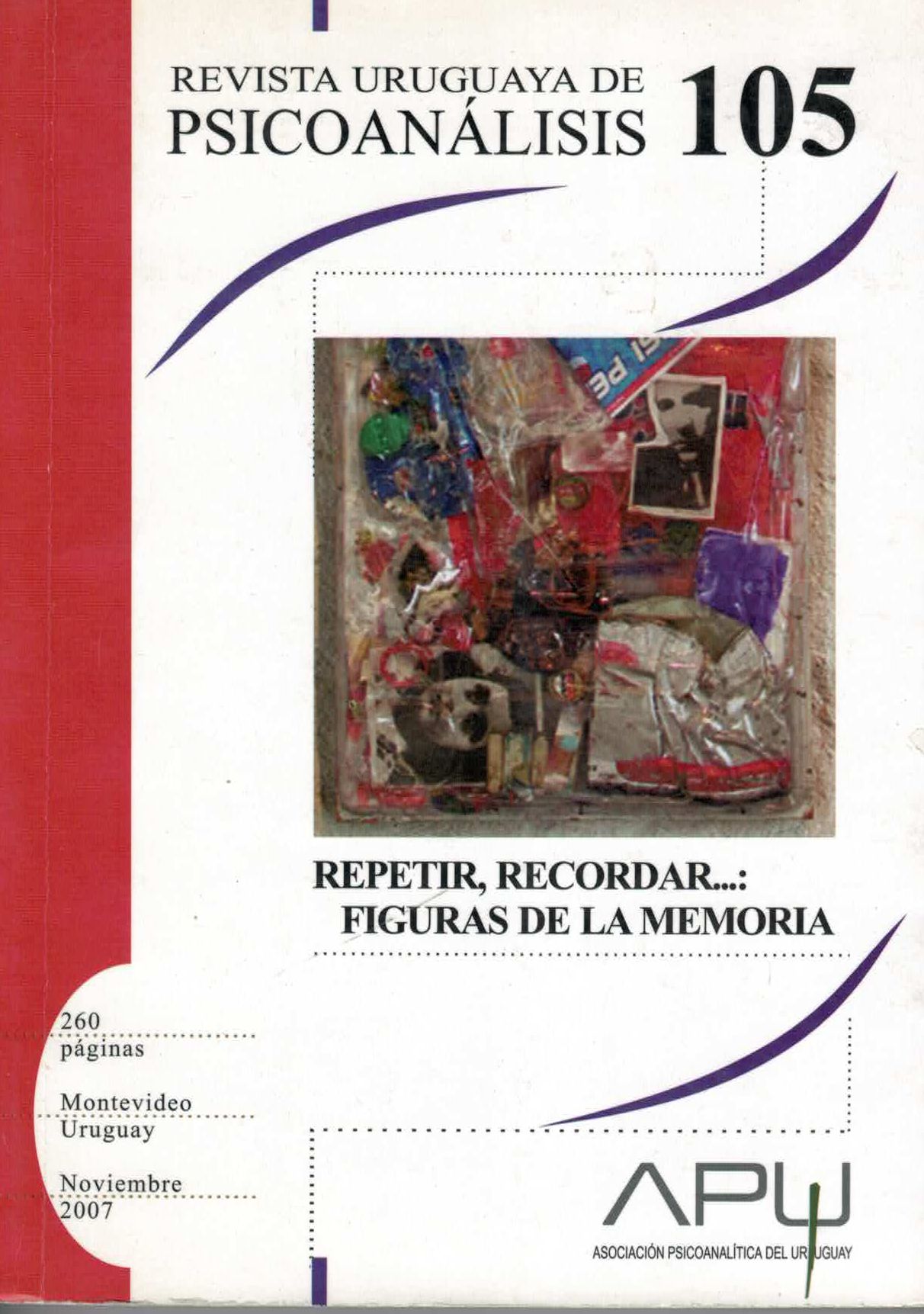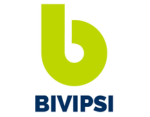The Working trough and its models
Keywords:
elaboración, resistencia, construcciónAbstract
The author deepens in this paper the working through concept in a closer relation with resistance, showing five types of resistance,
classified by Freud in Ego resistance, Id resistance, SuperEgo resistance. In the case of the Ego resistance, the work develops “fragment by fragment” towards “repressed motions” and around the scenes and reminds that “narrate” them. This work supposes that repression is exerted over representations and remembered facts that have been conscious and secondarily repressed , this allows the “transference neurosis”.The Id resistances generate in clinical situations in which the unconscious material have not been represented or even repressed secondarily. Those are traumatic relationship modes that
hinder the metaphorization work, “originally repressed”, before any true subjectivation takes place.
This working through demands the transformation or the “primary psychic materia l” in a suitable way to turn conscious
and integrated to the Ego. This is a symbolization work “by two”. The SuperEgo resistance: working through this resistance,
means to go back in the same way as the “shadow” of the parental objects of the patient fell upon him and contributed to the Super
Ego development. A co-construction work is necessary, also for the Ego resistances. The analyst could not disclose something about is own functioning, his ideals. To disguise this fact is to take the risk of encyst a focal point in counter transference and magnify the
submissiveness or rebellion of the analysand facing a super Ego – deal Ego.
Downloads
References
ANZIEU, D.; 1989. Principe d’analyse transitionnelle en psychanalyse individuelle in Psychanalyse des limites Dunod 2007.
BOTELLA, C. et S.; 1984. L’homosexualité inconsciente et la dynamique du double en séance in Revue Française de psychanalyse 2-1984, PUF.
FREUD, S.; 1900. L’interprétation des rêves, trad franç ,1967 PUF.
Remémoration, répétition, perlaboration, OC XIII.
L’inconscient, OC XIII.
Au-delà du principe du plaisir OC XV.
Le moi et le Ça, OC XVI.
Inhibition, symptôme angoisse, 1968, PUF.
Malaise dans la culture trad franç, PUF.
Nouvelles suites des leçons d’introduction à la psychanalyse, OC XIX.
DONNET, J-L.; 1967. Antinomie de la résistance L’inconscient, N°4, PUF.
FAIMBERG, H.; 1998.
LITTLE, M.; 1981. Des états limites, trad franç 1991, ed Des femmes.
ROUSSILLON, R.; 1984. Construction de la scène primitive et coconstruction du processus analytique, à propos de l’interprétation in
Bulletin de la société psychanalytique de Paris 1984, pp27-1991 Par adoxes et situations limites de la psychanalyse, PUF.
La métapsychologie des processus in Rev Franç de Psychanal, N°5, 1995.
La capacité d’être seul en présence de l’analyste et l’appropriation subjective in Pratiques de la psychanalyse, sous la
direction de J.Cournut et J.Schaeffert, PUF.
L’homosexualité primaire en double et la dépendance primitive, Revue Franç psychanal N°3.
WINNICOTT. D.; 1969. Jeu et réalité. Trad franç 1975, NRF










 This work is licensed under a
This work is licensed under a 